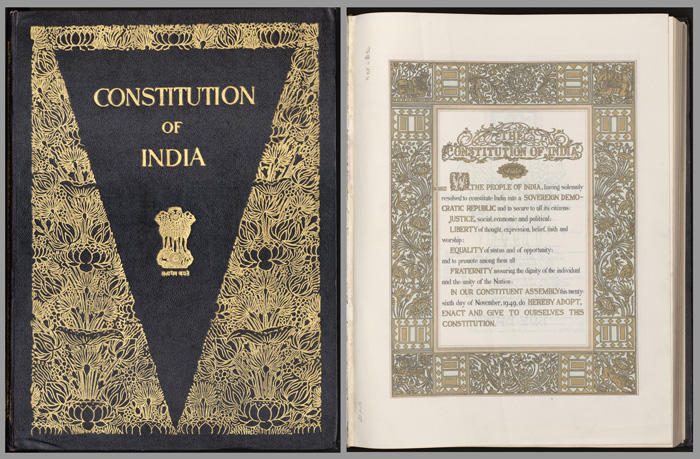A landmark ruling in India not only decriminalizes same-sex relations but sees them as part of the natural human order. It could put into motion the reevaluation of colonial-era laws that police sexuality across the former British Empire. Professor of Women and Gender Studies Durba Mitra examines the language of the ruling in the context of the realities of being a sexual minority in India.

By Durba Mitra
“History owes LGBT people an apology.” This was the statement from Justice Indu Malhotra, who, on September 6, with four other judges of the Indian Supreme Court, declared that Section 377 of the Indian Penal Code (broadly known as the law against sodomy) was unconstitutional. In the days that have followed the judgment, I have wondered what it means for us to demand that history apologize for its wrongs. Indeed, the harms of history appear to be too numerous for a simple apology to the minorities consistently and historically characterized as “unnatural” or “foreign” to India by an increasingly powerful majority. To demand an apology from history for its wrongs against sexual minorities requires that we know and teach the diverse histories of sexuality for India.
Following an almost two-decade-long legal struggle to change the law, the Supreme Court’s judgment striking down 377 is remarkable. Looking over almost 500 pages of the judgment, one encounters a number of powerful interpretations of the Indian Constitution and the role of the courts in protecting minorities. Several parts of the judgment declare that “constitutional morality” must be held as a higher authority over “social morality.” But what exactly is “constitutional morality”? This phrase is likely to be defined and debated in different interpretations of this ruling in the years to come. According to an initial reading of the judgment, constitutional morality is a set of protected rights that may exceed the bounds of social norms defined by heterosexual sex and marriage. Using the language of the judgment, these rights include 1) privacy and the rights of the individual, especially with regards to consensual sexual behavior, same-sex or heterosexual, 2) the “immutable” sexual identity of LGBTQ peoples, one that is natural and normal, 3) further discussion of the meaning of “formal equality” under the constitution, and 4) the importance of dignity as a right enshrined by the constitution and to be protected by courts for the most vulnerable minorities. The judgment offers a critical apparatus to think not only rights for “sexual minorities,” such as queer, nonbinary, gay, lesbian, and gender-variant and trans people; it also provides a way to return to critical questions about social strictures and endemic issues of sexual violence and discrimination faced by women. It provides a chance to return to the meaning of formal equality under the law in India, more than forty years after Indian women’s movements in the 1970s challenged the bounds of constitutional equality.... Read more about History’s Apology: Sexuality and the 377 Supreme Court Decision in India

